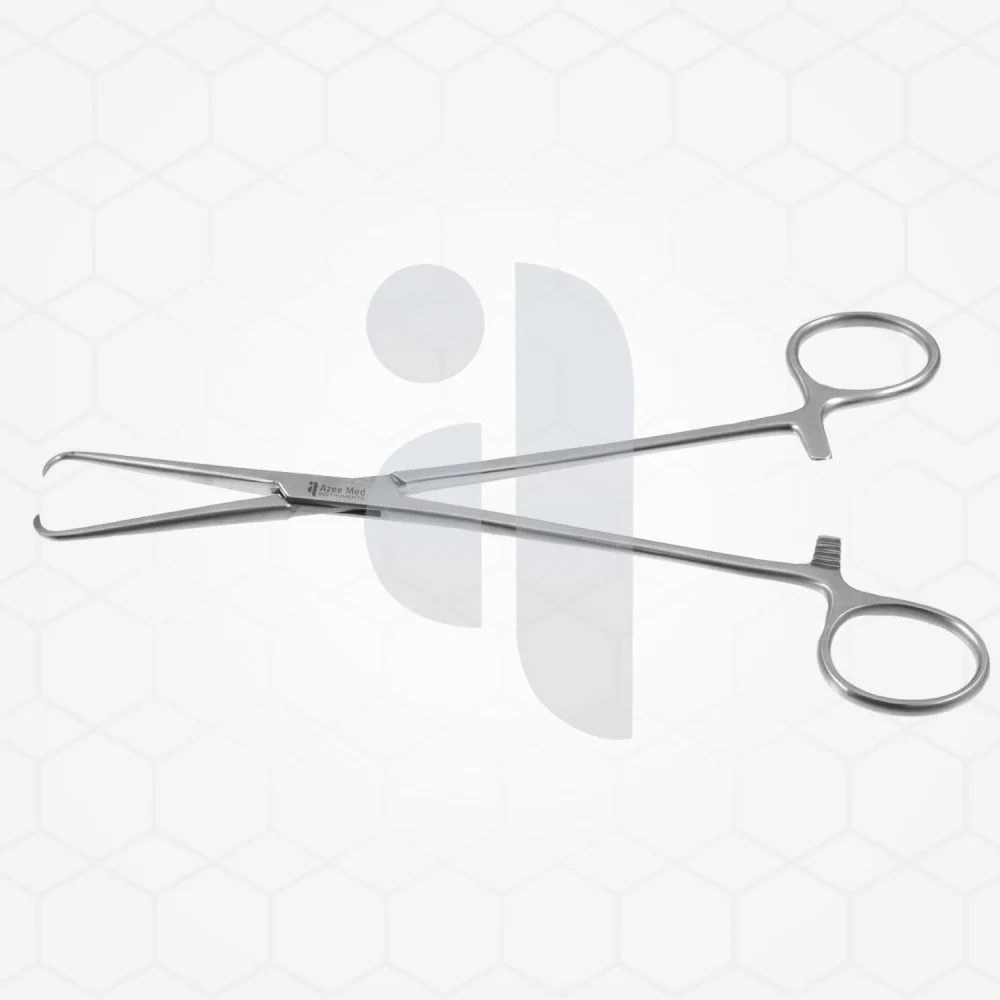
Understanding the Importance of Forceps in Surgery
Forceps are indispensable in surgical environments, primarily because of their versatility and precision. Surgeons often rely on these instruments to perform delicate procedures where bare hands would lack the necessary accuracy. For instance, forcepts can securely grip delicate tissues, minimizing damage while ensuring the desired outcome. This is particularly crucial during intricate surgeries, where any misstep can severely impact the patient’s health. One of the vital attributes of forceps is their ability to maintain cleanliness and sterility. Constructed from high-grade stainless steel or other sterilizable materials, they help reduce the risk of infection—a factor that is paramount in surgical settings. Additionally, their design allows surgeons to work in tight and challenging spaces with ease, especially in regions of the body where visibility is limited.
Types of Forceps and Their Specific Uses
The broad variety of forceps available illustrates their adaptability to different surgical scenarios. The distinction between various types often comes down to the material, shape, and intended application of the instrument. Each type addresses specific needs in surgery, ensuring that surgeons can perform with accuracy and confidence. One of the primary categories is tissue forceps. These are designed for handling and holding tissues without causing harm, making them perfect for procedures where maintaining tissue integrity is vital. Another widely used type is hemostatic forceps, which primarily help control bleeding during surgeries by clamping blood vessels. Needle holders also fall under the umbrella of forceps, with their precise gripping mechanism allowing surgeons to securely handle sutures when stitching wounds or incisions. Bayonet forceps, angled uniquely for reaching confined spaces, offer surgeons access to deep or narrow areas, such as the nasal cavity or ear canal. Then there are dressing forceps, which aid in applying and removing dressings during post-surgical processes or other clinical treatments. This diversity of function underscores the importance of having the appropriate type of forceps for the various demands of modern surgical procedures.
Applications of Forceps Beyond Surgery
While their primary association is with surgical procedures, forceps extend their utility far beyond the operating room. These instruments frequently play a role in diagnostic practices, emergency treatments, and specialized fields such as obstetrics. For example, delivery forceps are used to assist in challenging childbirth situations, ensuring the safety of both the mother and baby. Their ergonomic design provides the control required to guide the baby through the birth canal safely. Dental professionals also utilize forceps for tasks like extracting teeth or handling small objects in the mouth, where precision is essential. Similarly, in laboratories, these tools are indispensable for handling delicate materials, conducting research experiments, or assisting in forensic applications. This adaptability solidifies the relevance of forceps across various medical and scientific disciplines.
Modern Innovations in Forceps Design
The continuous advancement in medical technology has not overlooked forceps. Today’s forceps are tailored to meet the specific demands of advanced surgical techniques, such as minimally invasive and robotic-assisted surgeries. Innovations have led to the development of forceps with ergonomic designs, ensuring that surgeons experience reduced hand fatigue during extended procedures. Some forceps now feature insulated tips for use in electrosurgery, reducing the risk of unintended thermal injury to surrounding tissues. Disposable forceps have also grown popular, particularly in scenarios where preventing cross-contamination is critical. These single-use instruments are pre-sterilized and ready for immediate use, aligning with hospitals’ emphasis on patient safety and infection control. Additionally, the integration of biocompatible materials has contributed significantly to their functionality and safety.
Ensuring Optimal Care Through Proper Instrument Maintenance
The functionality and longevity of surgical forceps greatly depend on regular maintenance and proper handling. Maintaining sterility is vital, as contaminated instruments can lead to significant complications. Routine cleaning, disinfection, and sterilization are necessary steps after every use. Equally important is routine inspection to identify any signs of wear or damage. Faulty instruments not only risk compromising the surgery but also increase the potential for harm to the patient. Healthcare facilities emphasize training their staff in proper instrument care to ensure these tools remain in excellent working condition. Proper storage, such as keeping them in sterilized instrument trays, protects the precision mechanics of forceps and ensures they are ready for use when needed.
The Future of Forceps in Medicine
Forceps remain a fundamental component of surgical and medical care, and as medicine evolves, so too will these instruments. Their role in enhancing surgical precision, maintaining sterility, and ensuring patient safety makes them invaluable. The challenges of modern healthcare, particularly in areas such as minimally invasive surgeries and advanced diagnostics, will drive further innovation in their design and application. Through continuous improvement, forceps will continue to meet the demands of evolving medical trends, ensuring that surgeons and healthcare providers have access to tools that reflect the highest standards of quality and functionality. This commitment to advancement underscores the lasting importance of forceps in medical science and patient care.